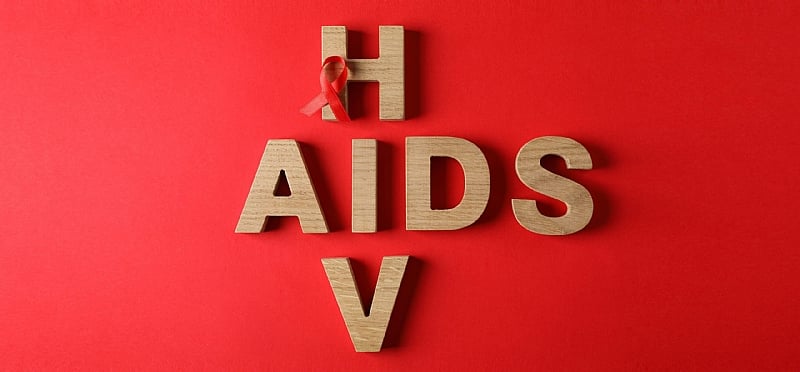The Uneven Landscape of HIV in Ghana: Regional Disparities and Prevention Strategies
Ghana’s 2024 national and sub-national HIV estimates and projections reveal a concerning disparity in the distribution of HIV infections across the country. The Greater Accra, Ashanti, and Eastern regions emerge as hotspots, harboring the highest numbers of people living with HIV (PLHIV). Greater Accra leads with 77,821 cases, followed by Ashanti with 63,159, and Eastern with 44,792. In stark contrast, the North East Region reports the lowest number, with only 1,717 PLHIV. This uneven distribution underscores the need for targeted interventions to address the specific drivers of the epidemic in high-prevalence areas.
Unprotected sex, risky sexual behaviors, a lack of HIV awareness, and low condom use, especially among young people, are identified as significant contributing factors to the high infection rates in these regions. The concentration of new infections within specific districts further highlights the localized nature of the challenge. Accra Metro, Kumasi, Techiman Municipal, Kpone-Katamanso, and Ga East districts report the highest numbers of new infections, emphasizing the urgency for intensified prevention efforts within these communities. The data underscores the importance of promoting safe sexual practices, increasing access to testing, and addressing the underlying social and behavioral factors that fuel the epidemic.
The Ghana AIDS Commission (GAC) recognizes the unevenness of HIV prevention and control achievements across the country. With 36% of districts exhibiting a prevalence exceeding the national average, the GAC is prioritizing interventions to ensure equal access to prevention and treatment services. Promoting condom use, particularly the readily available lubricated condoms, is a key aspect of the GAC’s prevention strategy. Addressing misconceptions about condom safety and encouraging consistent use among young people are crucial steps towards reducing new infections.
Beyond promoting condom use, the GAC is also scaling up access to pre-exposure prophylaxis (PrEP), a preventative medication for HIV-negative individuals at high risk of infection. PrEP involves taking antiviral drugs before potential exposure to HIV, effectively blocking the virus’s life cycle and preventing its establishment in the body. Ensuring the availability of PrEP in health facilities for high-risk groups represents a significant step towards offering comprehensive HIV prevention options. This proactive approach aims to empower individuals to protect themselves and contribute to epidemic control.
The GAC emphasizes the importance of sustained investments and efforts in raising awareness, expanding testing opportunities, and ensuring access to antiretroviral therapy (ART) for those living with HIV. These efforts aim to achieve epidemic control by reducing new infections, increasing the proportion of people who know their status, and improving access to life-saving treatment. By focusing on these key areas, the GAC strives to mitigate the impact of HIV on individuals and communities across Ghana.
In 2023, significant progress was made in HIV management, with 86% of PLHIV knowing their status, 77% receiving ART, and 72% achieving viral suppression. These achievements highlight the impact of ongoing efforts to improve HIV testing and treatment coverage. However, the remaining gaps necessitate continued efforts to reach undiagnosed individuals, ensure access to treatment for all, and achieve viral suppression to prevent onward transmission. Sustaining these gains and addressing the existing disparities are essential to achieving epidemic control and reducing the burden of HIV in Ghana.


